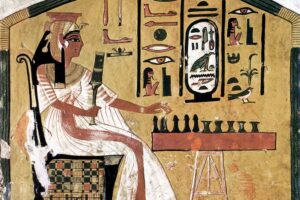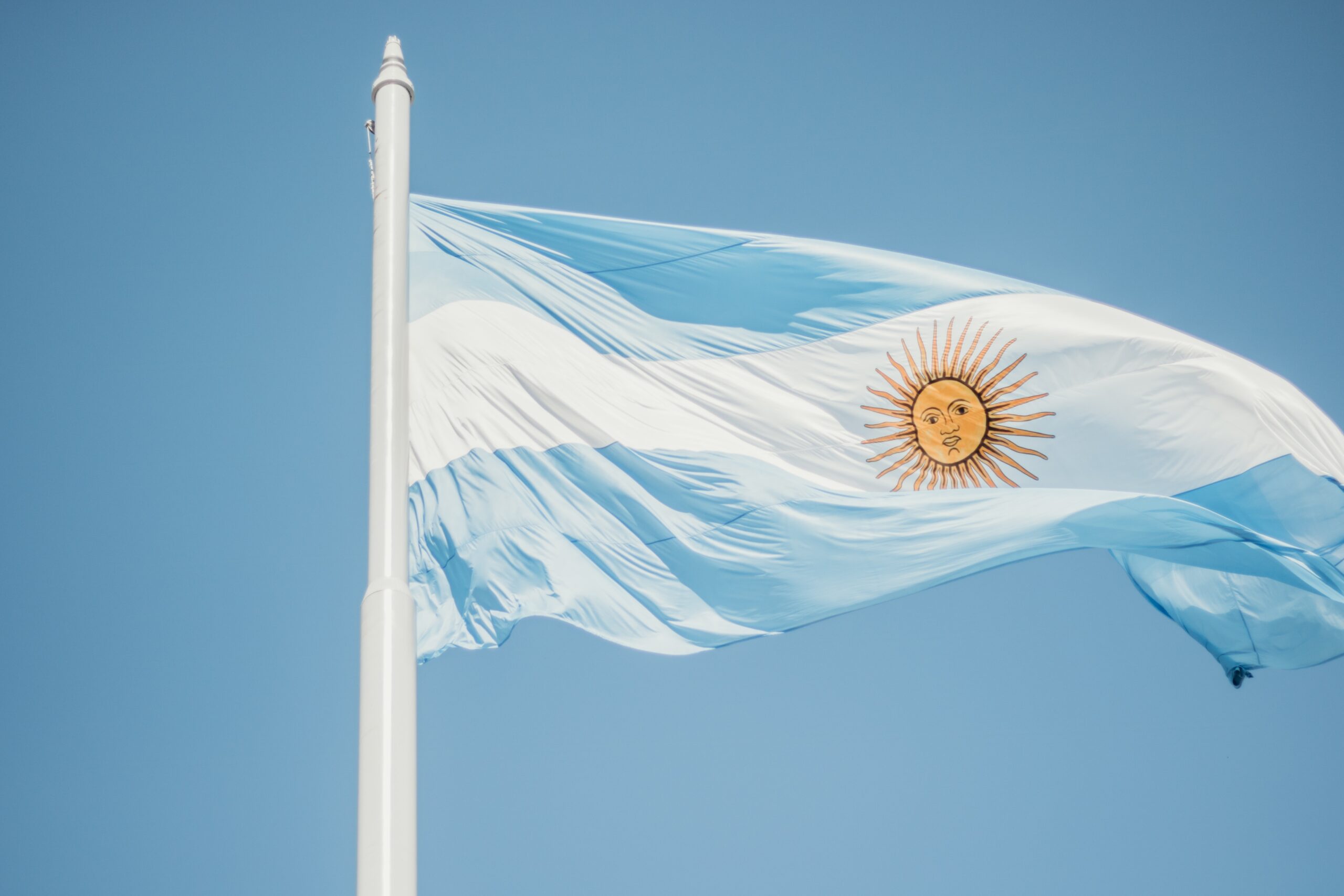862 – 1240 – 1362 – 1569 – 1648 – 1709 – 1772 – 1917 – 1991 – 2014 – 2022
The name Ukraina means border or edge and was first used in the meaning “borderland” in a chronicle from 1187.
It says of the recently deceased prince, Vladimir by name, that “Ukraine mourns for him.”
However, it was not until the 16th century that the name Ukraine began to be used for the area between Poland and Russia.
Here we delve into the history of Ukraine in 11 places
862
“Our country is large and fertile but plagued by conflict. Come and be our prince, rule over us.”
According to a Ukrainian chronicle, Slavic tribes asked Norse warriors to come in 862 – so much were the Slavs suffering from internecine conflict.
During the Viking Age, the kingdom expanded and around the year 1000 it reached all the way to the Black Sea.
1240
On December 6, 1240, the Mongol warlord Batu captured the city of Kyiv. His grandfather was Genghis Khan himself.
This was not the first time that the Mongols had conquered the city, but this time the invasion marked the end of Viking rule in Ukraine.
For over 100 years after this, the Ukrainians paid taxes to the Mongols and as a result were allowed to govern themselves.
1362
During the time of Grand Duke Algirdas, the Lithuanians completed the annexation of Ukraine to their state.
When Algirdas died in 1377, Lithuania reached from the Baltic Sea to the Black Sea.
1569
With the establishment of the Union of Lublin in 1569, Western Ukraine became part of the Polish-Lithuanian Commonwealth.
After being defeated by the Grand Duke in Moscow, the Lithuanians needed powerful allies and formed ties with the Poles.
The Poles were given a large part of the Ukraine and became very fond of its fertile plains.
One writer wrote: “Ukraine is like the land that God promised to the Hebrews.” Here, everything flows in milk and honey.”
1648
Under Lithuanian and Polish rule, the nobility tortured the peasants in Ukraine.
Many fled to the uninhabited steppes and became Cossacks.
From 1648 to 1709, the Cossack kingdom was about half of modern Ukraine.
1709
Peter the Great submits Ukraine to Russia


Peter the Great was Emperor of Russia 1682-1725. For the last four years of his life, he insisted on being titled “Emperor of All the Russias.”
The Nordic wars had serious consequences for Ukraine.
At this time, the country was divided between the King of Poland, Peter the Great of Russia and the Sultan of the Ottoman Empire.
A strong Swedish army pushed the Poles back, but in 1709 the Swedes lost the Battle of Poltova in Ukraine to the armies of Peter the Great.
In the following decades, all of Ukraine was incorporated into Russia.
1772
Austria gets a slice
Political tensions between Austria, Russia and Prussia changed the appearance of Ukraine on a map again in 1772.
Then these great powers put the province of Calicia in the western part of the country under Austria with one stroke of the pen.
From 1848, the Austrians supported this minority’s dream of a United Ukraine – with the aim of weakening Russian power.
The first Ukrainian independence movement claimed the same year: “Ukrainians are a separate people, separate from Poles and Russians.”
We are 15 million people who speak the same language.” However, independence took a long time to come.
1917
Ukraine declared independence in 1917 – in the middle of World War I – but an immediate civil war broke out between communists and conservatives.
The Communists were supported by Russia and won. After that, Ukraine was part of the Soviet Union until 1990.
During the Soviet era, there were considerable changes in Ukraine’s borders, especially during the Second World War when Stalin extended this Soviet republic to the west at the expense of Poland and present-day Slovakia.
And in 1954, Russia “gave” Crimea to the Ukrainians. Behind that gift was Nikita Khrushchev, who became the leader of the Soviet Union after Stalin’s death in 1953, but had previously been in charge of Ukraine.
But it wasn’t until the fall of the Soviet Union that Ukraine regained its independence.
1991
In the summer of 1991, the Ukrainian parliament approved a declaration of independence, which was then approved with about 90% of the votes in a referendum in December of the same year. At the same time, the first president of Ukraine, the former communist, Leonit Kravchuk, was elected.
Later that month, the leaders of Russia, Ukraine, and Belarus dissolved the Soviet Union as a state and replaced it with the Commonwealth of Independent States of the Former Soviet Union.
2014
Some presidents of Ukraine in the first decade of the new century had brought Ukraine closer to the EU and NATO, and in 2008 NATO announced that Ukraine could be admitted in due course.
Disagreement between politicians, some of whom wanted to side with the Western powers and others with Russia, led to the protests known as Maiden Square in Kyiv. During a vote in the parliament, it was agreed to depose the president, but he was sympathetic to Russia. The president fled to Russia.
Immediately after this, Russian President Putin sent troops to Crimea and after a referendum in which a large majority wanted to join Russia, the peninsula was incorporated into the Russian state.
Separatists in Ukraine’s two easternmost regions, Donetsk and Luhansk, declare independence and fighting breaks out between them and the Ukrainian army.
2022
In late 2021, Russia will begin large-scale military deployments to the Ukrainian border. Russia is demanding that the Western powers ensure that Ukraine does not join NATO and begin extensive military exercises along the border.
NATO refuses to comply with these demands, as the right to self-determination cannot be taken away from the Ukrainians.
All attempts to resolve the conflict fail and on the night of February 24, Russia invades Ukraine, from the north from Belarus and Russia, from the east from Russia and partly through the separatist territories of Luhansk and Donetsk, and from the south through the Crimean peninsula.
The invasion thus extends not only to the eastern regions that Putin has now recognized as an independent republic, but to the whole of Ukraine. However, the Ukrainian army is offering fierce resistance and the invasion has gone much slower than the Russians seem to have anticipated.
First published in 2022.















